Validation and Verification
ANAB provides accreditation to organizations providing validation and/or verification of claims. ANAB accreditation of validation and verification bodies (VVBs) ensures impartiality, competence, and fosters confidence and acceptance of accredited validation and/or verification by their customers and stakeholders who are demanding a high level of rigor in assurance frameworks.
Validation and Verification Accreditations
ISO/IEC 17029 sets general principles and requirements for validation and verification bodies providing assurance on the correctness of statements or claims. This means that the accuracy of claims made by companies and organizations are held to standards just as products and services are held to quality standards.
There has been an increase in the type and volume of bold statements and claims, particularly related to sustainability. ANAB ISO/IEC 17029 accreditation provides for competent and independent third-parties to evaluate the validity of claims and to ensure that claims are not empty or exaggerated, but factual.
ISO/IEC 17029 requires the identification of the object of validation and/or verification (“the claim”) as well as the applicable validation and/or verification (the “program”).
Requirements for Validation and Verification Bodies (V/VBs) and the validation and verification process are not new. In 2006 the ISO Greenhouse Gas series of standards were published and were specific to GHG emissions disclosure to support action on global climate change. ISO/IEC 17029 expands this to other types of validation and verification and provides a uniform basis for the validation and verification of statements and reports of all kinds. These include statements on the environmental performance of products and organization, sustainability reports, comparative statements, ethical statements and more.
ANAB offers accreditation against ISO/IEC 17029 and ISO 14065 for Greenhouse Gas validation and verification and is in the process of adding new validation and verification programs.
ISO 14065 defines requirements for bodies that validate and verify environmental information statements. Under the environmental information validation/verification program ANAB currently accredits organizations active in greenhouse gas emissions disclosure.
What is the difference between validation and verification?
Validation involves statements and data that relate to the future. This involves forecast information or data that relate to an intended application. Validation is a process where the V/VB provides assurance on the reasonableness of the assumptions, limitations, and methods used to forecast information.
For example: A company claims that use of a new water system at a mill that produces recycled containerboard will result in a 75 percent reduction in water demand at the mill. Such a claim can be validated if models can provide that the predicted reduction is plausible.
Verification is a process where a verification body assesses an organization’s, product’s, or project’s claim against defined criteria. Verification provides assurance on results that have already been achieved.
Example: A company claims that its mill has reduced water consumption by 75 percent compared to the previous year. Verification can be provided because the claim is based on already achieved results.
We offer these programs under Validation and Verification:
Program Recognitions
ANAB is a full signatory to the IAF MLA for Validation and Verification (ISO/IEC 17029 at the regional level and ISO 14065 at the IAF and regional levels) and one of the most experienced and largest accreditors globally. ANAB is a founding member of the IAF and one of the first signatories to the MLA for ISO 14065.
ANAB’s proactive participation in assurance frameworks and over 15 years’ experience in environmental information accreditation, provides ANAB accredited VVBs and their customers with the international recognition, access to firsthand knowledge of disclosure requirements as well as the ability to provide input into the revision or the development of the requirements that have direct impact on their day-to-day operations.
